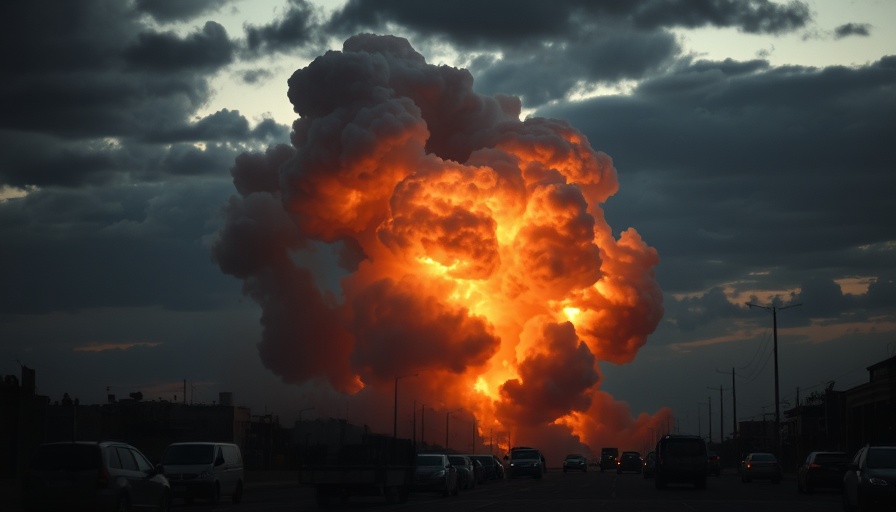
A Promising Step Towards Peace in Gaza: Hamas' Response
In a significant development in the ongoing conflict between Israel and Hamas, the latter has announced a 'positive' response to a ceasefire proposal aimed at halting the violence that has raged for nearly 21 months. This announcement, made by Hamas representatives, reflects a willingness to engage in dialogue, although uncertainties remain concerning the implementation of the ceasefire.
Exploring the Ceasefire Proposal
The proposed 60-day ceasefire has been put forth by U.S. President Donald Trump, as efforts escalate to bring about an end to the devastating hostilities in Gaza. While Hamas has indicated a positive response, it is imperative to understand that the group is seeking assurances that this truce would pave the way for a lasting peace and ultimately put an end to the ongoing war.
Recent military actions saw Israeli airstrikes resulting in the deaths of numerous civilians, with the UN reporting that over 600 Palestinians have been killed in just one month while trying to obtain essential aid. The humanitarian situation in Gaza remains dire, with many casualties occurring at food distribution points, exacerbating the need for a swift resolution to the conflict.
The Broader Context: Is Peace Within Reach?
The situation is fraught with tension, as Israeli Prime Minister Benjamin Netanyahu prepares for discussions with Trump regarding the proposed ceasefire. Trump has consistently urged both parties to embrace the proposal before conditions worsen, framing the ceasefire as a necessary step toward a more comprehensive peace agreement.
Lessons from History: Ceasefires and Their Challenges
Historically, ceasefires in the Israeli-Palestinian conflict have often been precarious. Previous truces have resulted in temporary pauses in violence, yet they frequently collapse as underlying issues remain unresolved. Understanding these past failures is crucial in analyzing the potential success of this new proposal. There is a fine line between a ceasefire serving as a genuine opportunity for dialogue and it merely being a facade for continued military strategy.
Future Predictions: What Lies Ahead?
As we examine current trends, the potential for long-lasting peace will depend significantly on the commitments made by both sides. The international community's role will also be vital, as consistent pressure for humanitarian aid and cessation of hostilities is essential amid ongoing restrictions. Should both parties show genuine commitment, a pathway towards a more stable future could be forged. However, failure to negotiate in good faith may lead to a resurgence of violence, impacting civilian lives significantly.
Civic Engagement: The Importance of Awareness
The conflict in Gaza has implications that extend beyond its geographic borders. Understanding the humanitarian and political consequences of this war is vital for global citizens. Advocacy and awareness can play crucial roles in addressing the root causes of the conflict, fostering a more informed and concerned international community striving for peace.
Concluding Thoughts: Chance for Peace?
While Hamas' positive response to the ceasefire proposal is a step in the right direction, the path ahead remains rocky. As discussions unfold, both local and global audiences must stay informed and involved, as collective voices advocating for peace can resonate powerfully in the corridors of power. Supporting initiatives that push for humanitarian aid and a lasting resolution can significantly shape the future of Gaza.
 Add Row
Add Row  Add
Add 




 Add Row
Add Row  Add
Add 

Write A Comment